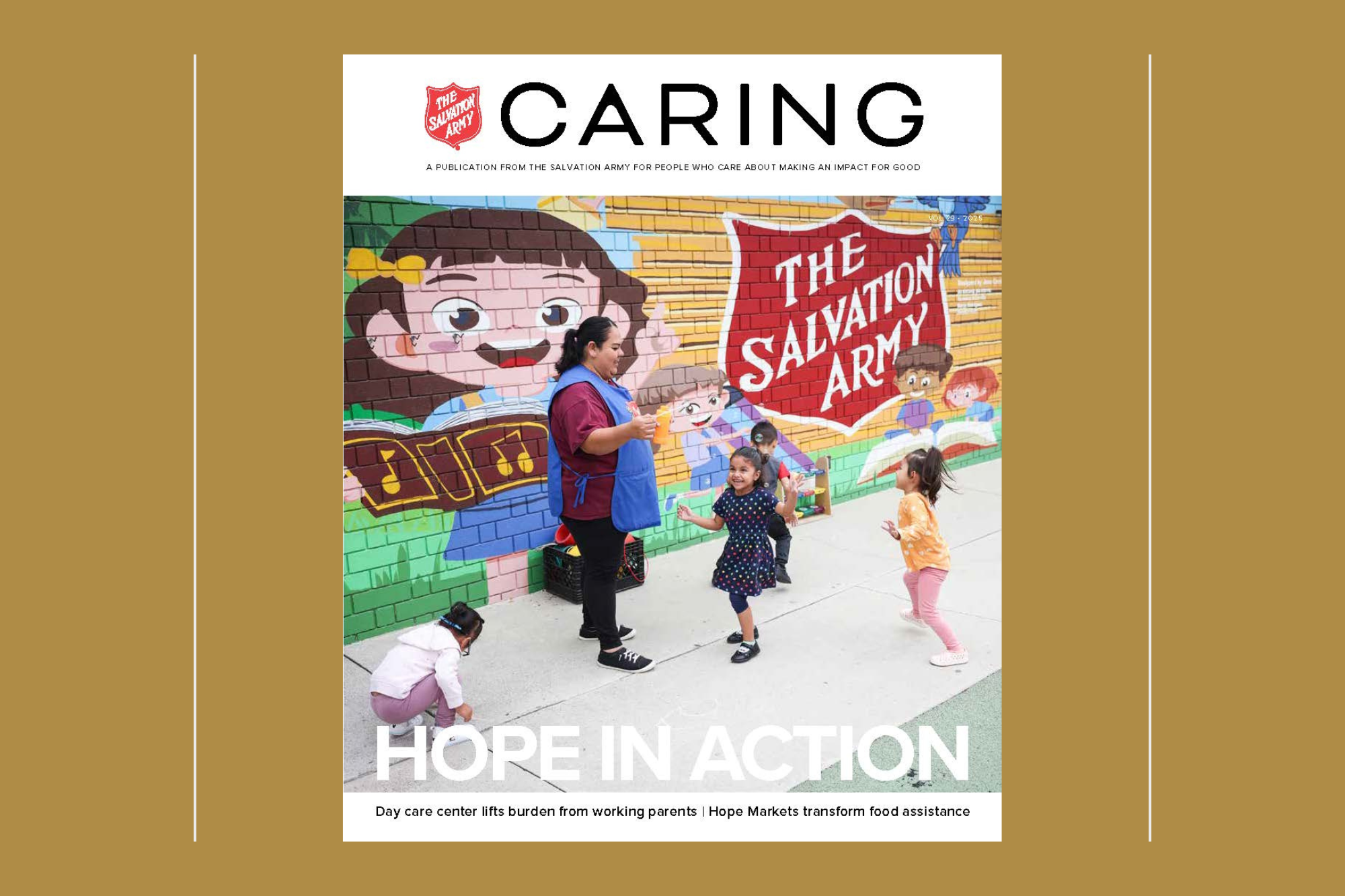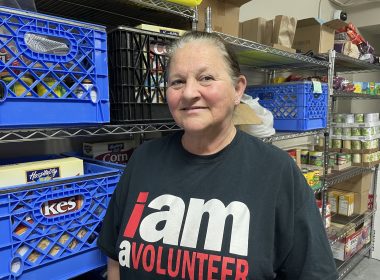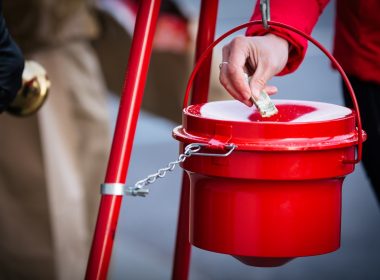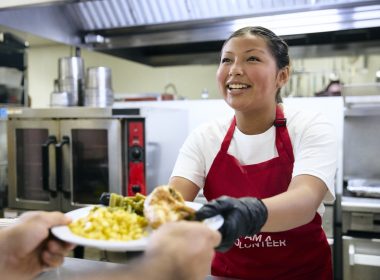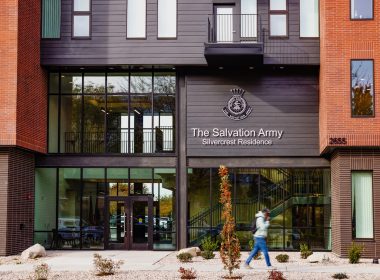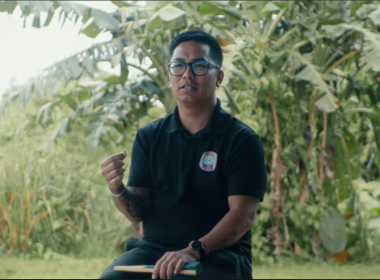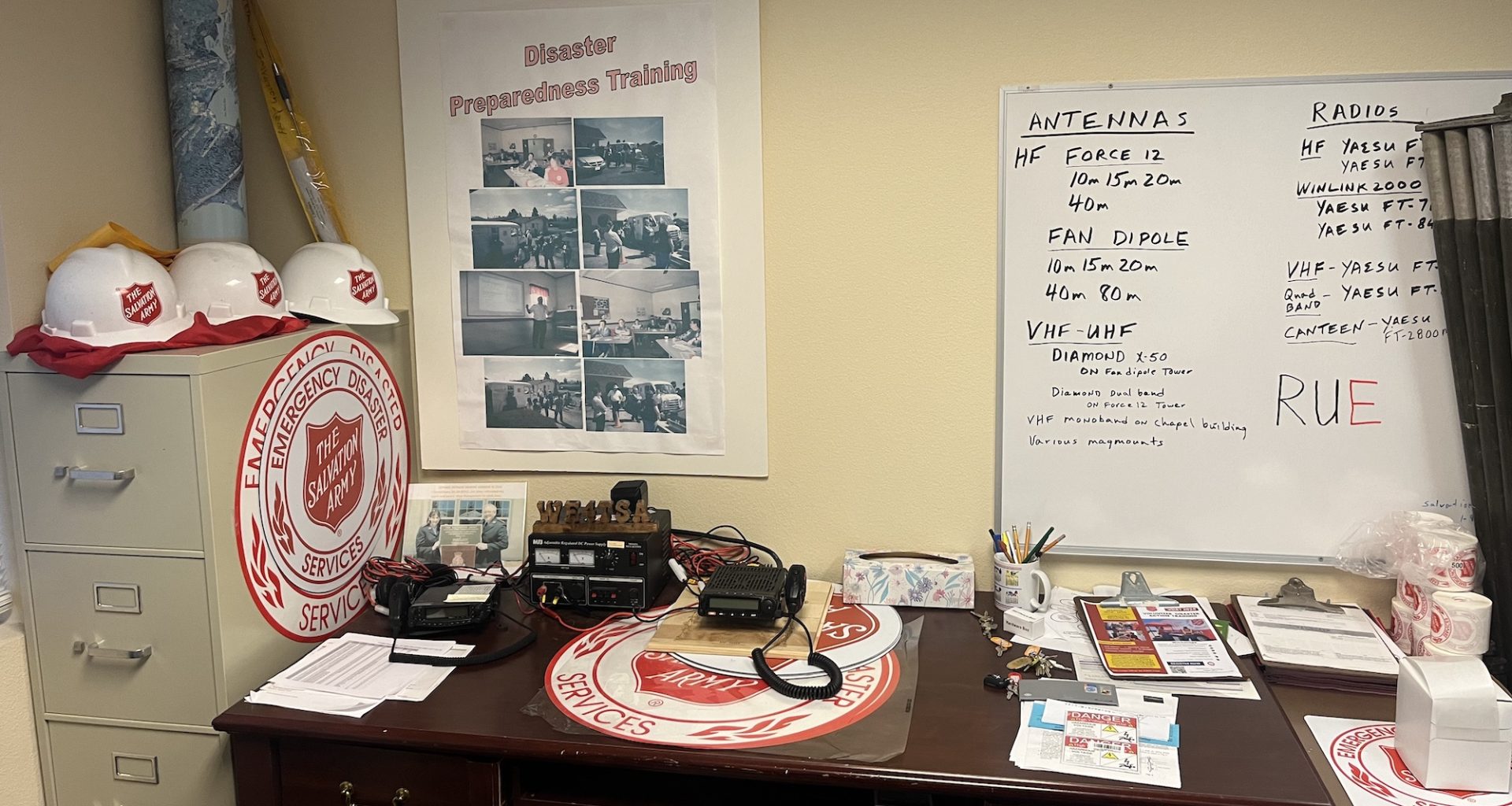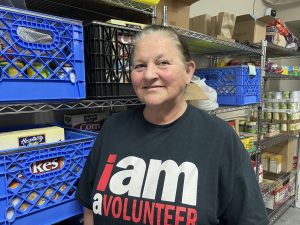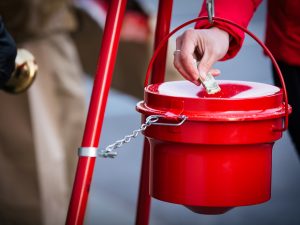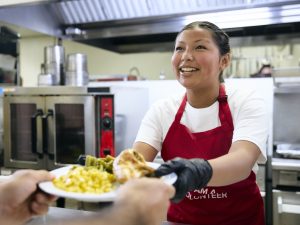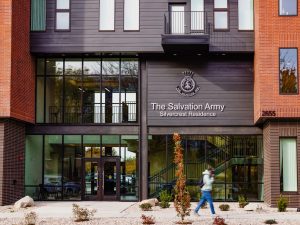A dedicated ham radio room at The Salvation Army Petaluma (California) Corps proves this equipment is still necessary when it counts.
Most of the time, Petaluma, California is peaceful. Set about an hour north of the Golden Gate Bridge, where a downtown of historic buildings creates a calming backdrop of predictability, this small city isn’t known for being anything besides tranquil—not like the enduring excitement of San Francisco or the buzzworthy wines of Napa. And if it were up to Tony Kamby and Peter Parks, they’d keep it that way.
“My family and I have lived here for 39 years, and the population has doubled in that time,” Kamby said. “But it’s a beautiful place to live.”
Yet every once in a while, and a lot more frequently it seems, tranquility gives way to upheaval. Earthquakes disrupt routines whenever the fault lines underfoot shift course, steeling everyone for the “big one” they’ve whispered about for generations.
Rain comes, and comes, flooding new and established neighborhoods with too much water before disappearing from the forecast for far too long.
But the fires bring new levels of destruction. When the Tubbs Fire burned in October 2017, the steady landscape became unrecognizably dangerous. At the time, it was California’s worst natural disaster, claiming 22 lives and 4,600 homes.
“When we do have another disaster, the familiar thing will be our ham radios. We’re very comfortable with our communications.”
Tony Kamby
But Kamby and Parks, who are both volunteers for The Salvation Army, remember a silver lining of that fire. It was the disaster that showcased just how important their work with ham radios was to the community.
“Several cell towers burned down in the Tubbs Fire, which meant that emergency personnel—who had cellular-based communications—and regular people could not use their dispatches or cell phones to know what was going on,” Kamby said. “Ham radios, on the other hand, worked just fine.”
Using the same radio frequencies that made this form of communication revolutionary in the 20th century, Kamby and Parks assisted emergency services—including The Salvation Army Emergency/Disaster Services—and neighbors in real-time.
They could quickly identify family members who had sought shelter at separate locations. They could direct food and water to one place and diapers and cots to another. When talking on the phone or texting in a thread could easily get signals crossed, only one person can speak at a time on a ham radio, but everyone on the channel can hear what they have to say. That makes it easier to relay information across a network, from personal ham radios to ones put in place for first responders.
“We do our best to speak clearly and concisely,” Kamby said. “It also helps that sometimes we recognize each other’s voices.”
It took a few days for cell phones to start working again, but by that time, the network of ham radios had long since hit its stride. After that, their importance to Petaluma and surrounding cities became especially clear.
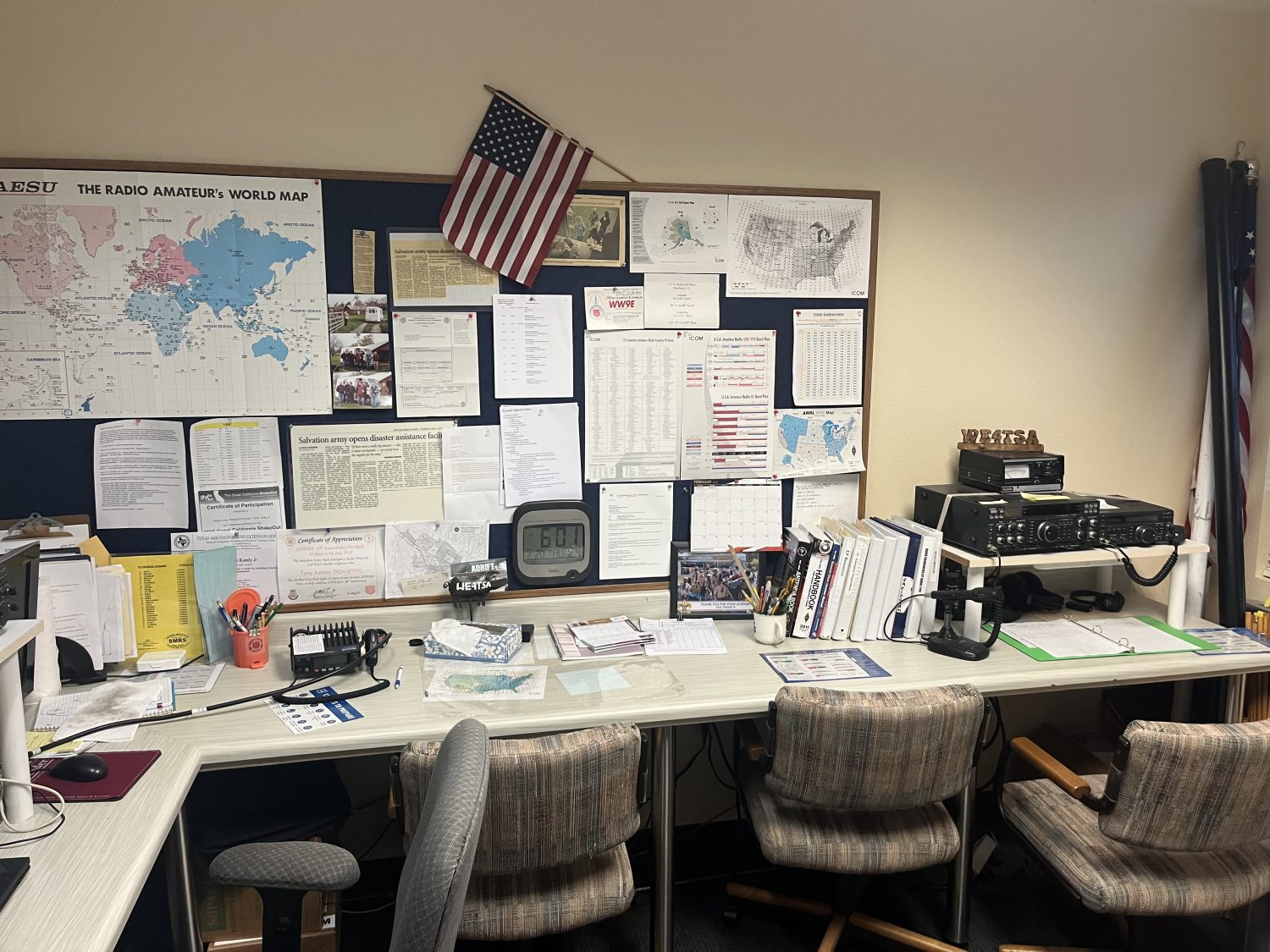
“In an emergency, you can’t do things the way you’ve always done them,” Parks said. “It’s important to plan ahead and prepare, and a ham radio is a reliable way to do that.”
Kamby and Parks have been licensed to use their ham radios for many years, and Kamby said he was motivated to learn about three decades ago after an earthquake occurred while he was at work in San Francisco but his family was in Petaluma.
They are established members of similar clubs throughout the area and routinely practice for an inevitable need. Sometimes it’s a quick check-in of the dedicated ham radio room inside The Salvation Army building on the east side of town, other times it’s drills with the police and fire departments. They enjoy participating in the safety efforts of local bicycle races, and like knowing there’s available equipment tucked away everywhere from the community center in Lucchesi Park to the airport. Ham radios are a part of the past, but they’ve also become a fixture of the present.
“We’re always tinkering with things, testing things and training,” Kamby said. The more ham radios there are, and the more they’re used, the more assured Kamby and Parks feel. Maybe they can’t stop the next emergency from happening, but they can push for peace to return as swiftly as possible once it does.
“When we do have another disaster, the familiar thing will be our ham radios,” Kamby said. “We’re very comfortable with our communications.”
Do Good:
- See how The Salvation Army fights disaster.
